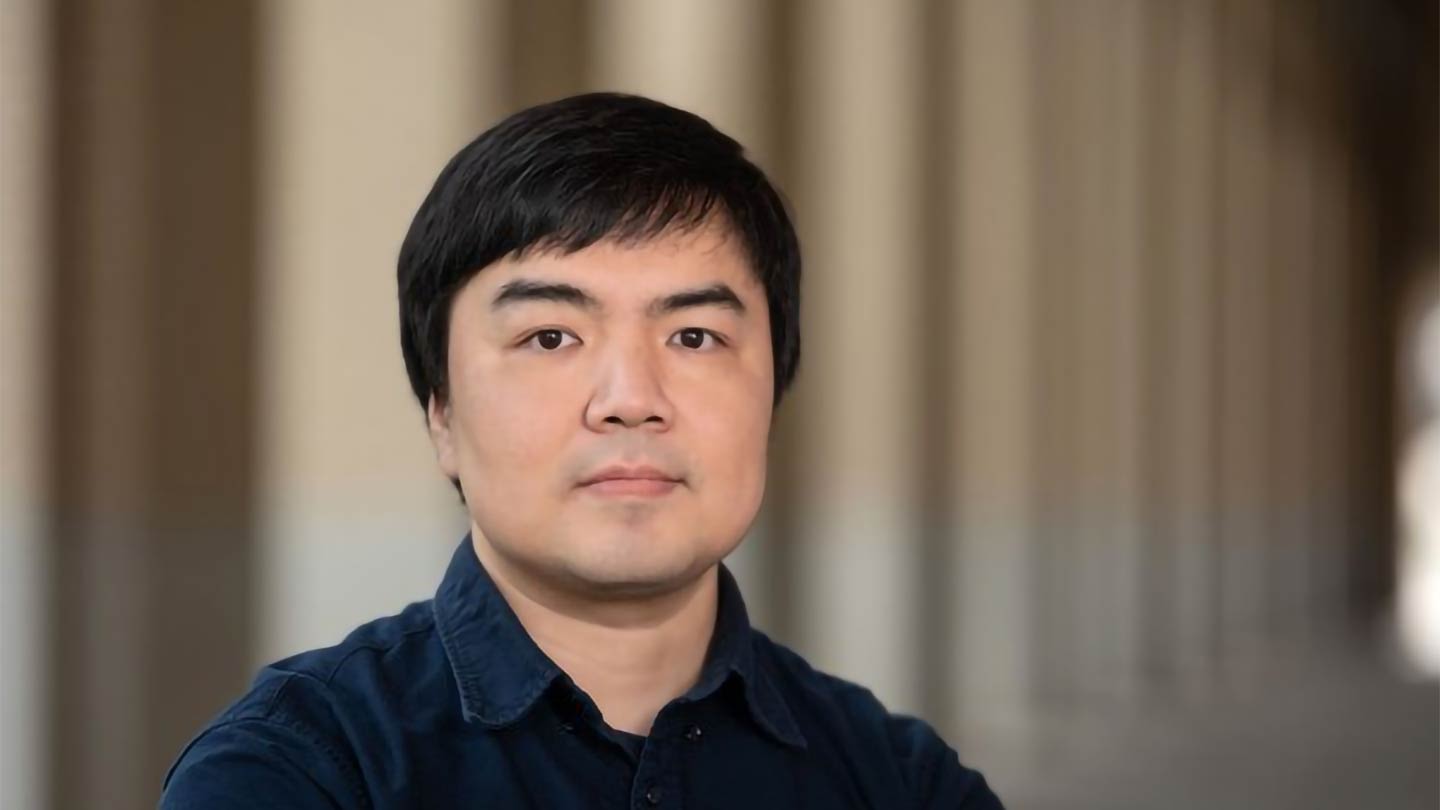
Carnegie Mellon Heads New Center for Studying Structure of Cell Nucleus
Five-Year, $10 Million Research Effort Sponsored by National Institutes of Health
Carnegie Mellon University will direct a new multi-institution research center funded by the National Institutes of Health to develop a better understanding of the three-dimensional structure of cell nuclei and how changes in that structure affect cell functions in health and disease.
Jian Ma, the lead principal investigator of the new center and an associate professor in CMU's Computational Biology Department, said researchers will be developing fundamental knowledge to provide new insights into the role that the three-dimensional organization of cell nuclei plays in developmental disorders, aging and other cell processes.
The five-year, $10 million effort is formally called "Multiscale Analyses of 4D Nucleome Structure and Function by Comprehensive Multimodal Data Integration." It is funded through the 4D Nucleome (4DN) program of the NIH's Common Fund, which sponsors research of broad relevance to the NIH's many specialized research institutes.
In addition to CMU, the center will include researchers at the University of California, Los Angeles; the University of Illinois at Urbana-Champaign (UIUC); Harvard Medical School; San Diego Biomedical Research Institute; Brown University; the Allen Institute for Cell Science; the University of Dundee; and the National Cancer Institute.
A growing body of research shows that the cell nucleus is highly compartmentalized, and that this spatial phenomenon relates to cell function. But scientists don't yet understand how a type of structure in the nucleus called nuclear bodies tug and tether with the chromosomes that carry the genetic code, as well as other biomolecules such as RNA and proteins.
"The spatial organization of the chromosomes in the nucleus, especially the dynamic interactions with nuclear bodies, is critical but we don't have a complete picture of it yet," Ma said. "Our plan is to generate multimodal data, such as imaging as well as genomic data, and develop advanced machine learning algorithms and integrative structure models to make sense of it."
The goal is to find causal relationships between the large-scale spatial genome structure and genome function, such as gene transcription and DNA replication.
Once assembled, those multimodal data sets, including the multiscale navigable reference maps of nuclear organization — and the new computational tools and visualization platform created to make sense of them — will be made widely available to the research community, he added.
Other principal investigators for the multidisciplinary center are Frank Alber of UCLA, Andrew Belmont of UIUC and Chao-ting Wu of Harvard Medical School. Co-investigators include David Gilbert of San Diego Biomedical Research Institute, Nicola Neretti of Brown, Susanne Rafelski of the Allen Institute for Cell Science and Jason Swedlow of Dundee. Tom Misteli, NIH Distinguished Investigator at the National Cancer Institute, is also part of the center.
This work is supported by the NIH under award number 1UM1HG011593.
For More Information
Carnegie Mellon Heads New Center for Studying Structure of Cell Nucleus
2020-10-15 2020-10-15 Carnegie Mellon University will direct a new multi-institution research center funded by the National Institutes of Health to develop a better understanding of the three-dimensional structure of cell nuclei and how changes in that structure affect cell functions in health and disease. https://www.ml.cmu.edu/news/news-archive/2020/october/jian-ma.jpg
https://www.ml.cmu.edu/news/news-archive/2020/october/jian-ma.jpg
